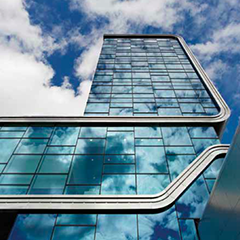Across the globe, governments are changing their policies to accommodate offshore wind energy deployment. According to the Global Wind Energy Council, market growth over the next five years will be concentrated in Asia, Latin America, and Africa – regions where ‘easy’ growth from rapidly increasing demand will come from. We take a look at the upcoming Offshore WIND Installation and Maintenance Conference.
Experiences with on-again, off-again wind energy policy in various countries has made industry players cautious however. The Offshore WIND Installation and Maintenance Conference in Amsterdam (Netherlands, 29 October 2014), addresses the multiple challenges associated with solid future industry growth.
Sessions this year focus on offshore grid developments, global business opportunities, supply chain and operational management and the latest in foundation design, installation and maintenance.
Offshore grid developments
In Europe, total installed offshore wind capacity totals some 11 GW. The European Wind Energy Association has set a target of 40 GW offshore wind in 2020. Installing sufficient transmission capacity is a prerequisite for realising this target and future ambitions. At the OWIM Conference in Amsterdam in October, experts will discuss what is needed to connect to the onshore transmission system, to lower the costs of grid connectivity and to establish a cross-border regulatory framework.
Ms. Marie Donnelly, Director for Renewables, Research and Innovation, Energy Efficiency in DG ENER of the European Commission will deliver a key note address related to grid developments. Recently a study for the European Commission was carried out by PWC, Ecofys and Tractebel Engineering comparing the costs and benefits of a ‘meshed’ offshore grid in the Northern Seas region with separate radial connections to shore for each wind farm.
Donelly will address its main findings, including how even in the lowest offshore wind scenario, additional investments in the network will be earned back within a few years due to lower generation costs and how additional savings from a meshed grid include reduced CO2 emissions, fewer and shorter cables on the seabed, and fewer and faster permitting procedures.




























